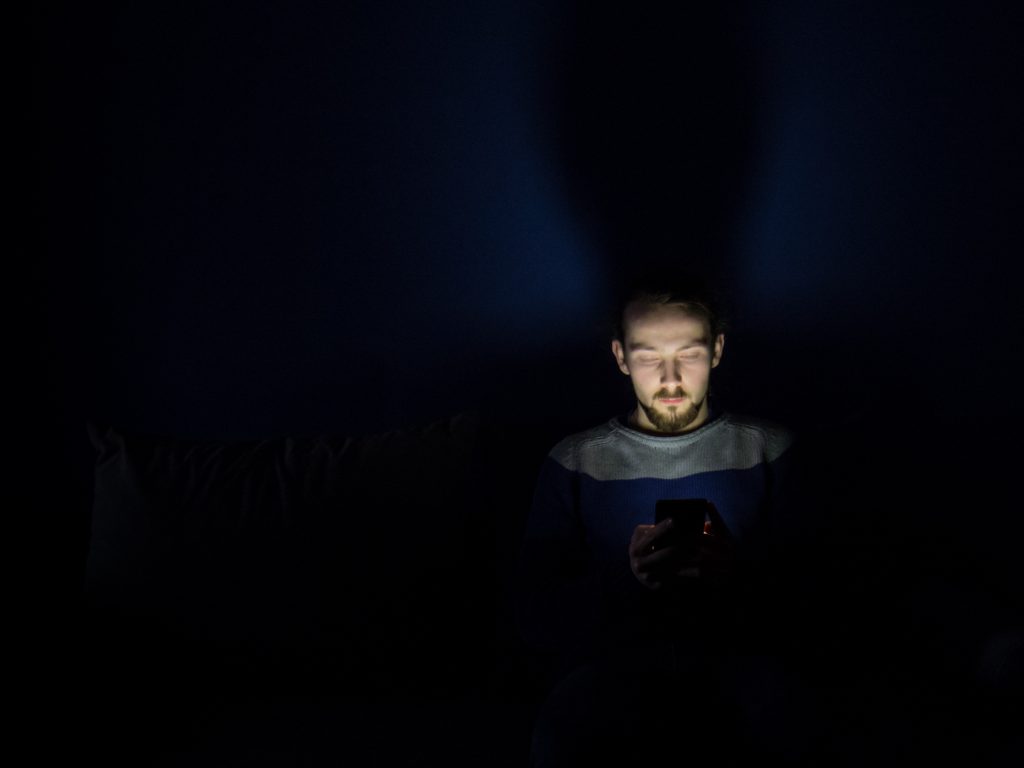Light enables sight. The retina in the back of our eyes contains a fine layer of light-sensitive photoreceptors. There are two types of photoreceptors. The cones allow us to see the color, movement, and fine details of the world around us. The rods, on the other hand, allow us to make out rudimentary shapes at dim light levels. Together, the cones and the rods give us the ability to make sense of the world through our sense of sight.
 But light also has another and perhaps more profound effect on us. Buried deep in our brains is a pair of structures called the suprachiasmatic nuclei, which contain a biological clock, also called the circadian clock. This clock tells the rest of the brain and the body when it’s time to sleep, to eat, and to be active. The clock is synchronised to the outside world by a pathway connected to the eye, thereby telling time based on whether it is dark or light around us.
But light also has another and perhaps more profound effect on us. Buried deep in our brains is a pair of structures called the suprachiasmatic nuclei, which contain a biological clock, also called the circadian clock. This clock tells the rest of the brain and the body when it’s time to sleep, to eat, and to be active. The clock is synchronised to the outside world by a pathway connected to the eye, thereby telling time based on whether it is dark or light around us.
Before electric lighting, our body clock was set by the rising and setting of the sun. The only way to extend the natural day (defined by the availability of daylight) was limited to fire. But nowadays, we get exposed to different kinds of lights throughout the day, ranging from the light of a clear blue sky outside to artificial light from LEDs and fluorescent lights in our homes and offices, to the light emitted from displays and phones. How can each of these impact our body clock?
We can describe light by measuring how many photons are emitted at a given wavelength. Generally, our eyes can detect wavelengths between 380 and 780 nanometers (nm), which is called the “visible” spectrum, but other species also have ultraviolet vision (wavelengths lower than 380 nm). Specialised laboratory instruments called spectrometers allow us to measure the spectrum of a given light source.
Not all wavelengths of light are equally effective in influencing our circadian clock. For about 20 years, we’ve known that, in addition to the cones and rods, there is another type of light-sensitive cell lurking in the human retina. These cells, called the intrinsically photosensitive retinal ganglion cells, or ipRGCs for short, connect to our circadian clock and are specifically sensitive to short-wavelength light (around 480 nm). Interestingly, they are light-sensitive independent of the cones and rods. This means that some blind people without cones and rods can still ‘sense’ light (and therefore time) through the ipRGCs.
In recent years, reports in the media have warned us about the effects of blue light on sleep and our circadian rhythms. At first glance, this may make sense. A light source emitting photons only at the short-wavelength where ipRGCs are most sensitive would indeed look deep blue. But the light we see in everyday life consists of many different wavelengths. Different light sources may almost look the same to the naked eye (i.e. to the cones), but they may in fact impact our body clock differently. In other words, whether a light looks blue, or not, does not necessarily tell us whether it has a strong impact on our body clock.
So what to take away from all this? Ultimately, it’s important to remember that light intensity is what matters most for physiology. For example, dimming our phones to 1% of its brightness will reduce the activation of the ipRGCs more than changing the color balance in night-shift mode. Therefore, for healthy circadian rhythms and sleep, aim for dark nights, avoiding bright screens and other lights at night.
About the author: Manuel Spitschan PhD, is a researcher at the Department of Experimental Psychology at the University of Oxford (UK) and the Centre for Chronobiology in Basel (Switzerland). You can find him on Twitter (@mspitschan) and ORCID (0000-0002-8572-9268).
